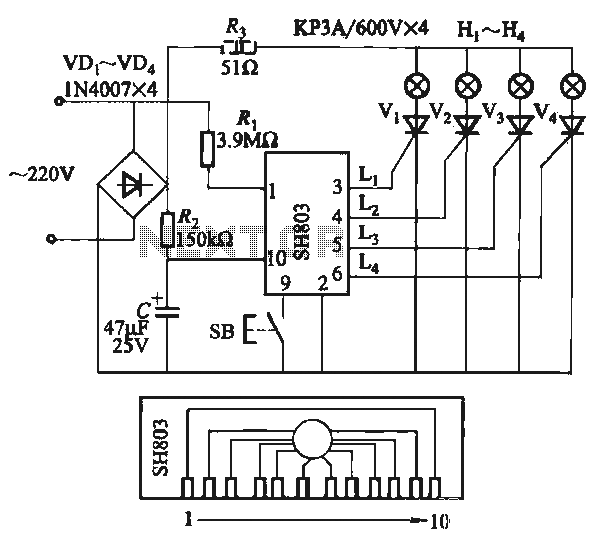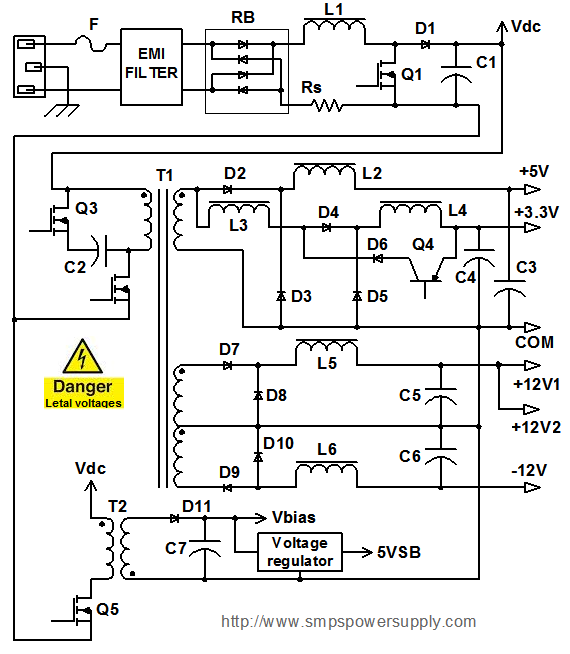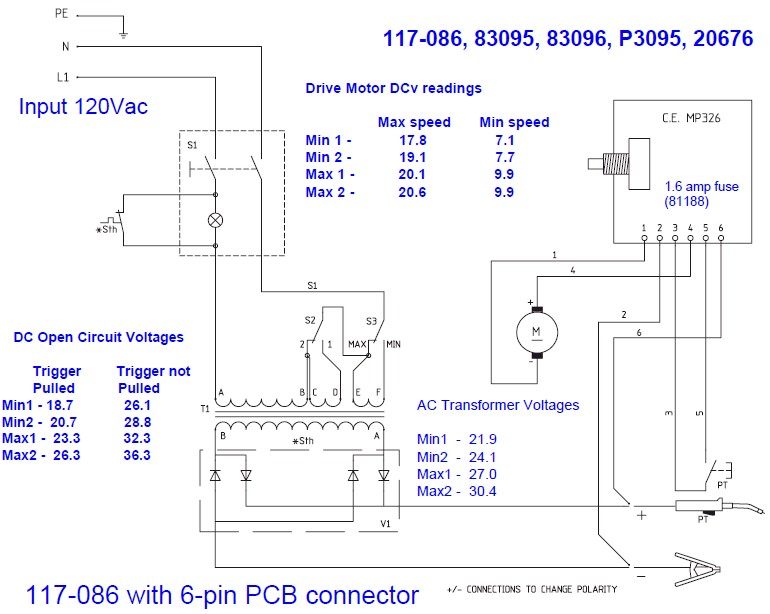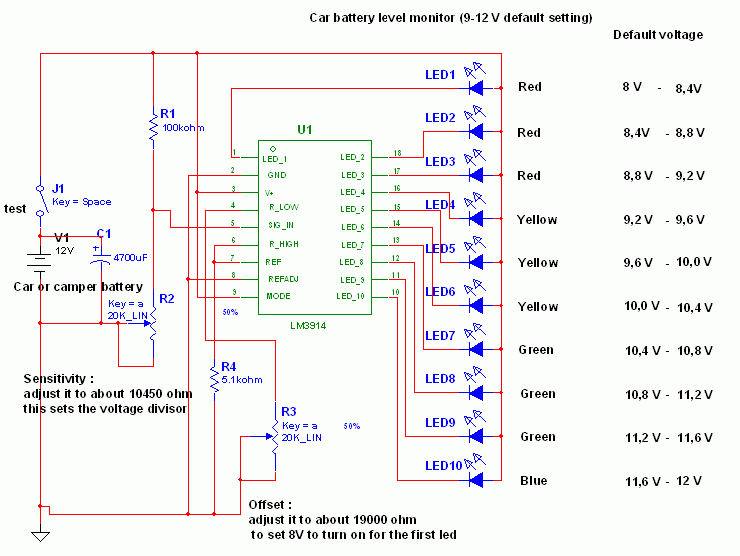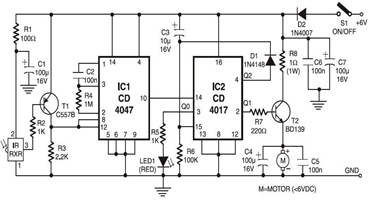
UJ-1 type potentiometer with a precision power supply circuit

The circuit utilizes a transistor (VT) and a voltage regulator (VSL) to create a constant current source, employing three regulators to enhance the performance of the regulator circuit.
The described circuit employs a transistor (VT) in conjunction with a voltage regulator (VSL) to establish a constant current source. This configuration is particularly advantageous in applications requiring stable current output regardless of variations in load or supply voltage. The inclusion of three regulators in the design serves to improve the overall performance and reliability of the circuit.
The first regulator in the series can be configured to provide a stable reference voltage, ensuring that the subsequent stages operate within their optimal parameters. The second regulator can be employed to regulate the output voltage, allowing for fine-tuning of the output current. The third regulator functions as a protection mechanism, safeguarding the circuit against overcurrent conditions and ensuring longevity and stability in operation.
In this configuration, the transistor (VT) acts as a control element, responding to the feedback from the voltage regulators to maintain a constant output current. The combination of these components results in a robust circuit capable of delivering precise current levels, making it suitable for various applications in electronic devices, such as LED drivers, battery chargers, and precision measurement instruments. The overall design emphasizes efficiency, stability, and protection, which are critical in high-performance electronic systems. By the transistor VT and regulator vsl etc. constant current source, and the use of three regulator, the regulator circuit therefore of high pulp.
The described circuit employs a transistor (VT) in conjunction with a voltage regulator (VSL) to establish a constant current source. This configuration is particularly advantageous in applications requiring stable current output regardless of variations in load or supply voltage. The inclusion of three regulators in the design serves to improve the overall performance and reliability of the circuit.
The first regulator in the series can be configured to provide a stable reference voltage, ensuring that the subsequent stages operate within their optimal parameters. The second regulator can be employed to regulate the output voltage, allowing for fine-tuning of the output current. The third regulator functions as a protection mechanism, safeguarding the circuit against overcurrent conditions and ensuring longevity and stability in operation.
In this configuration, the transistor (VT) acts as a control element, responding to the feedback from the voltage regulators to maintain a constant output current. The combination of these components results in a robust circuit capable of delivering precise current levels, making it suitable for various applications in electronic devices, such as LED drivers, battery chargers, and precision measurement instruments. The overall design emphasizes efficiency, stability, and protection, which are critical in high-performance electronic systems. By the transistor VT and regulator vsl etc. constant current source, and the use of three regulator, the regulator circuit therefore of high pulp.
